
Is AI all the same?
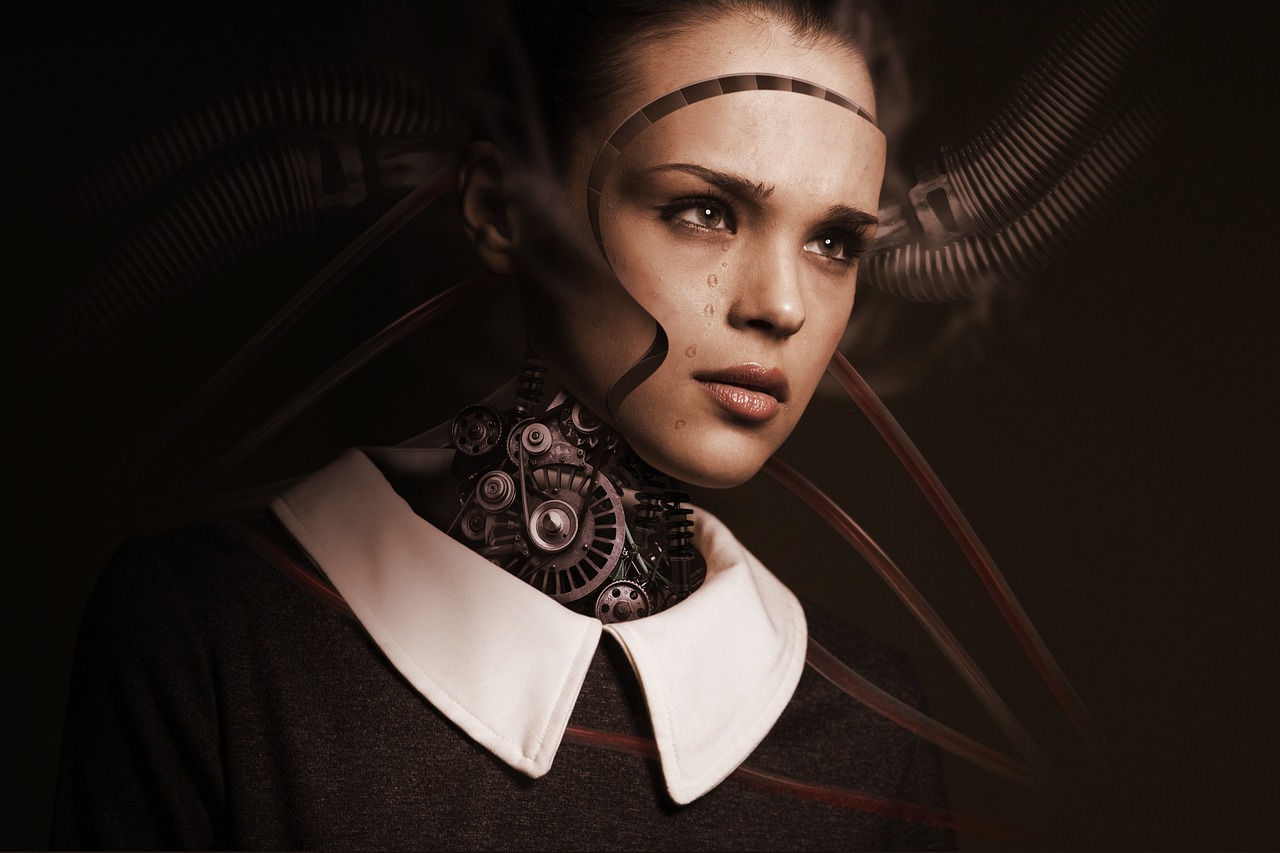
The short answer is NO. The long answer is not yet, since the objective of the industry is to create an AGI - Artificial General Intelligence that will be able, like us, to tackle any task seamlessly.
Despite all hype in the news, no one really knows how to achieve this goal. So, for the time being we have several somehow distinct technologies that are all sold as AI.

Machine Learning
Statistical methods, that rely on numerical analysis to search for patterns, trends, correlations in data (example: what products are usually purchased together with others), seasonality (example: what products are purchased in summer only), groupings, etc.
For most businesses these models are still the best investment/reward category.
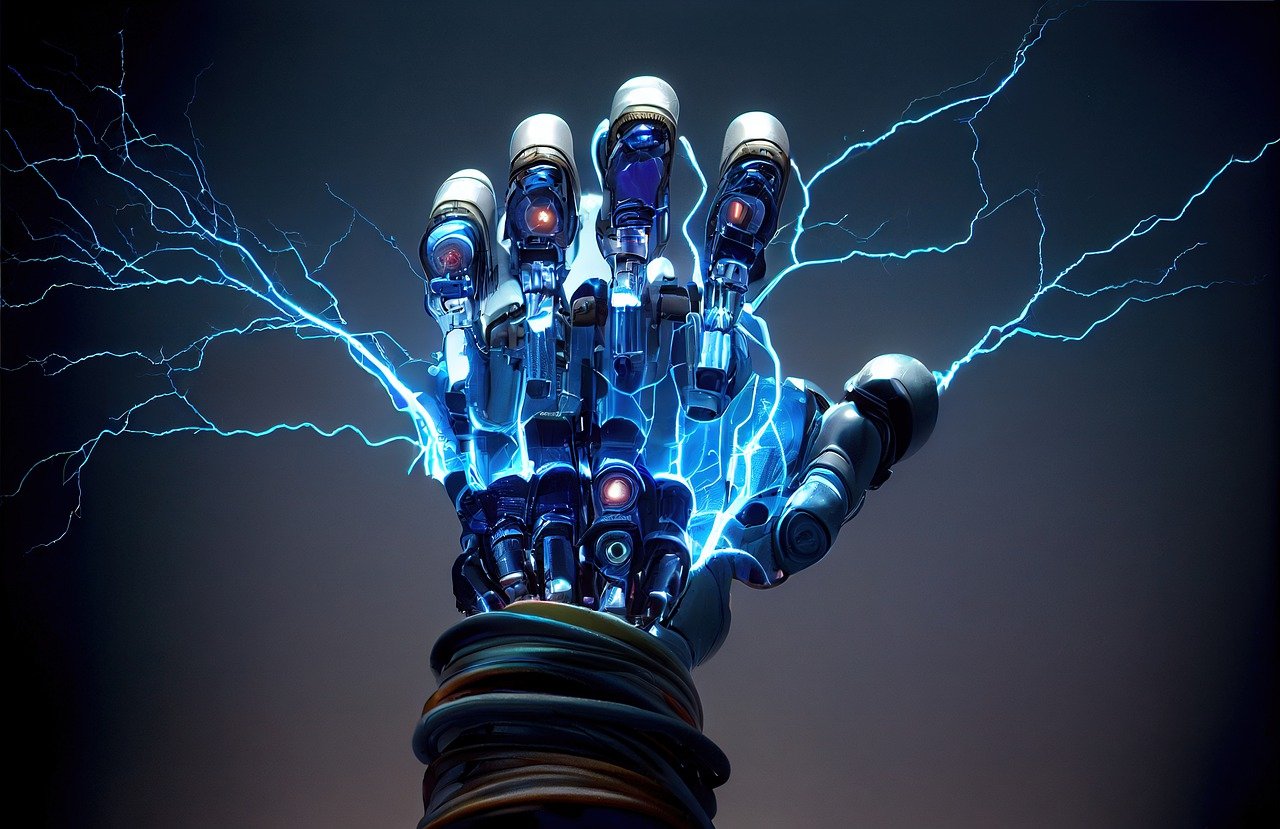
Deep Learning
They are large matrices of numbers that encode all kinds of objects. They are used in computer vision, rote learning, and robotics.
All modern forms of AI are really descendants of these models, but they use different training techniques and data sets.
This is the most technical category, it requires great expertise in computer science and access to lots of data and computing resources.
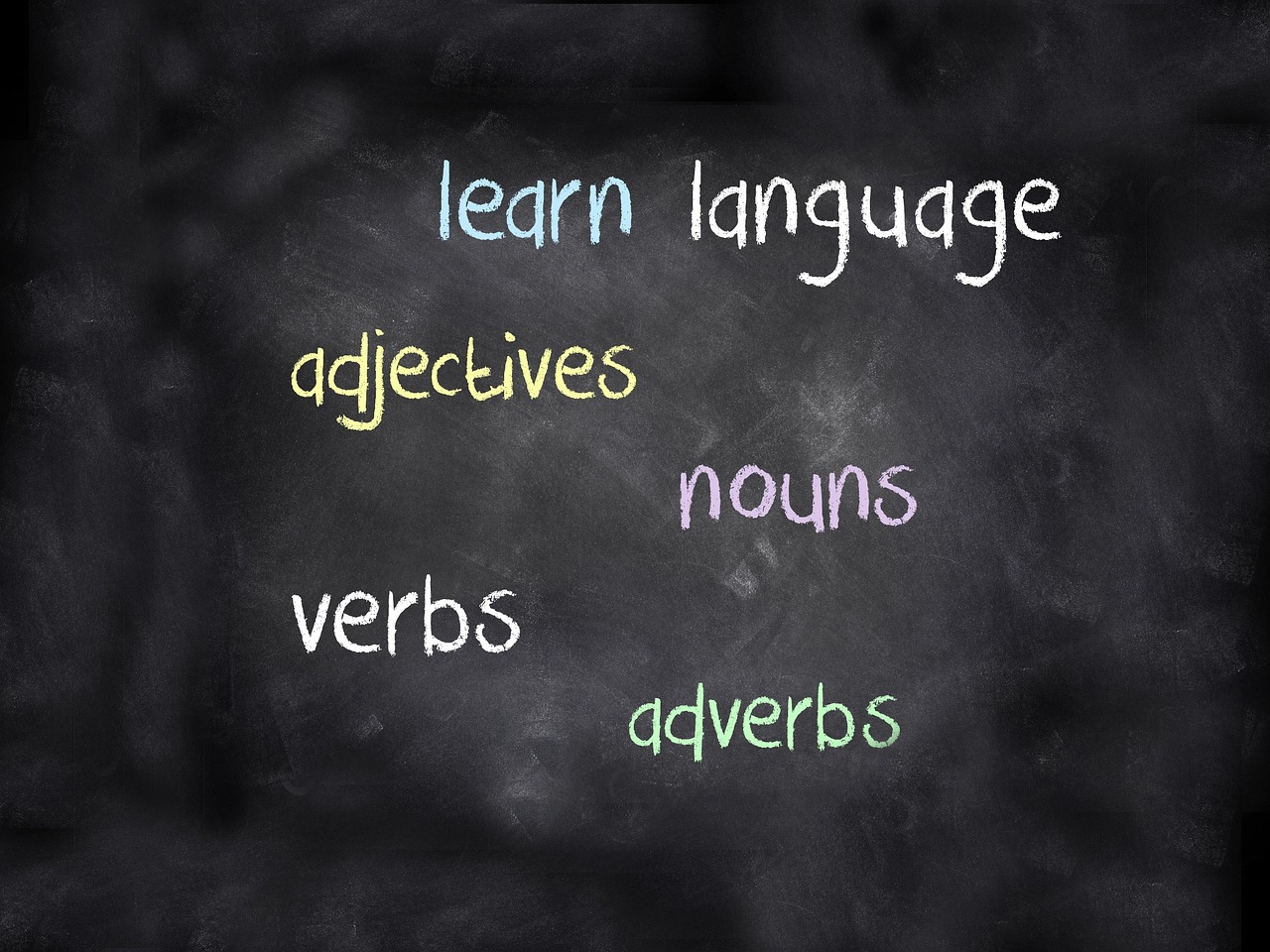
Language Models
Deep learning applied to word sequences, they are the “little” brothers of the large language models.
They are still used extensively when there is a well-identified “domain” that works as an anchor for the model, for example semantic similarity (play, toy, game, but not ploy, coy, boy, hunt).
A lot of business aplications are better served by this domain specific models raher than the more general large language models.
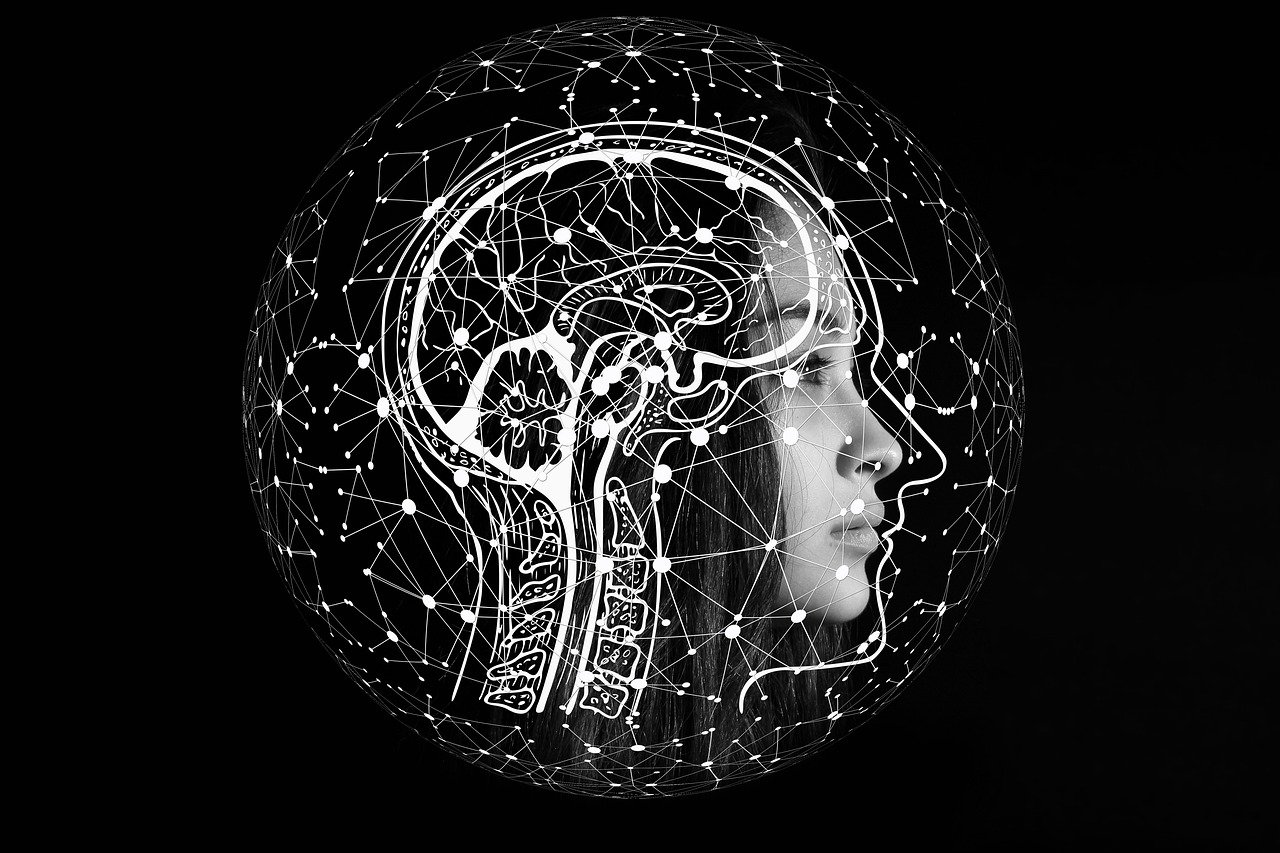
Stable Diffusion
Text to image and video models. Groups of matrices that combine patterns in novel situations using a physical model called difussion.
They have caused a great sensation (and concern) because they allow images or videos to be generated where real objects or people are combined with imaginary or unprecedented situations. A notable example was the Pope dressed in a modern jacket.
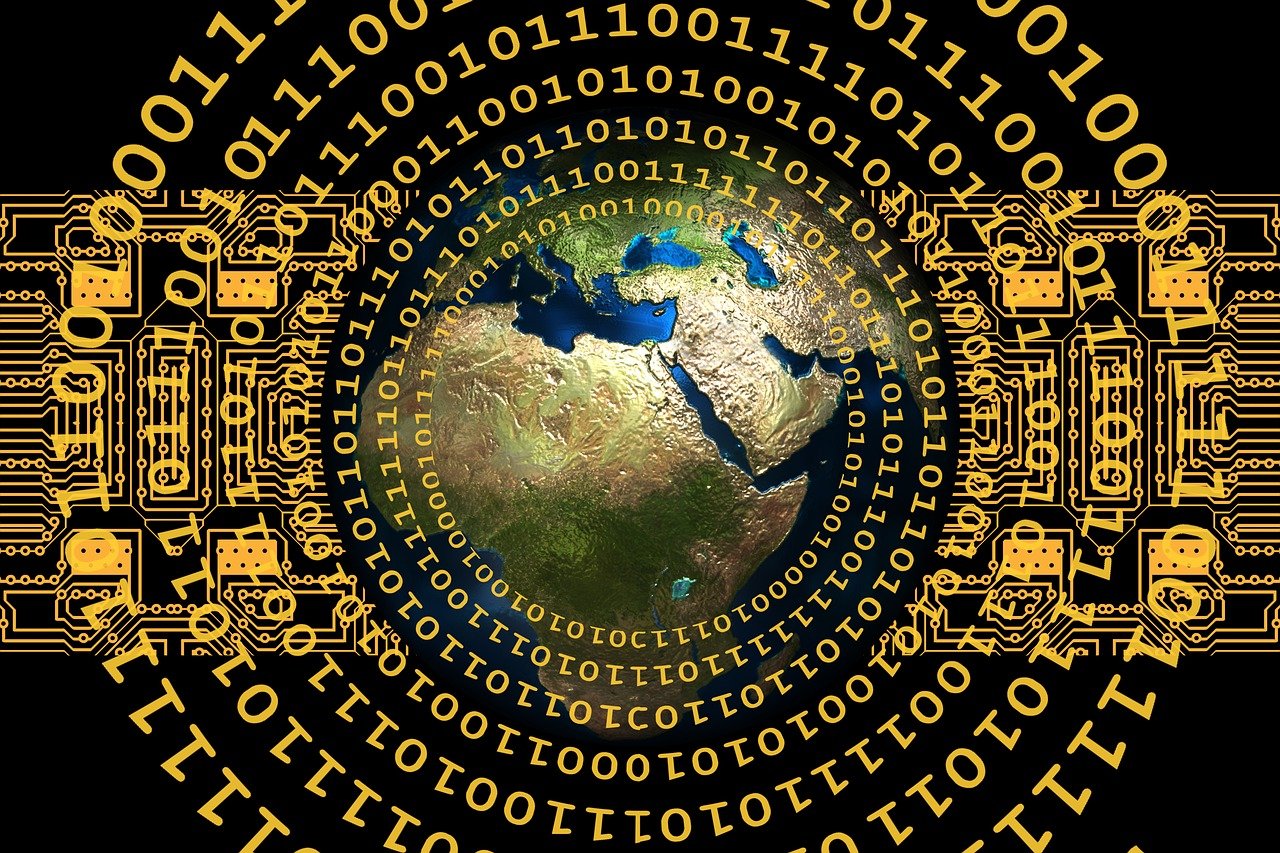
Large language models
The poster boys of AI. They are gigantic matrices (many billions of parameters) that are trained with something close to the total content of the Internet and that have already learned to carry out activities that were previously considered exclusively human such as translation, creation of documents on any topic, answers to questions in natural language (and in a practically all world languages).
They already exhibit a limited capacity for “reasoning”, but still make significant mistakes. However, continuos advances are being made to close the gap with us humans.